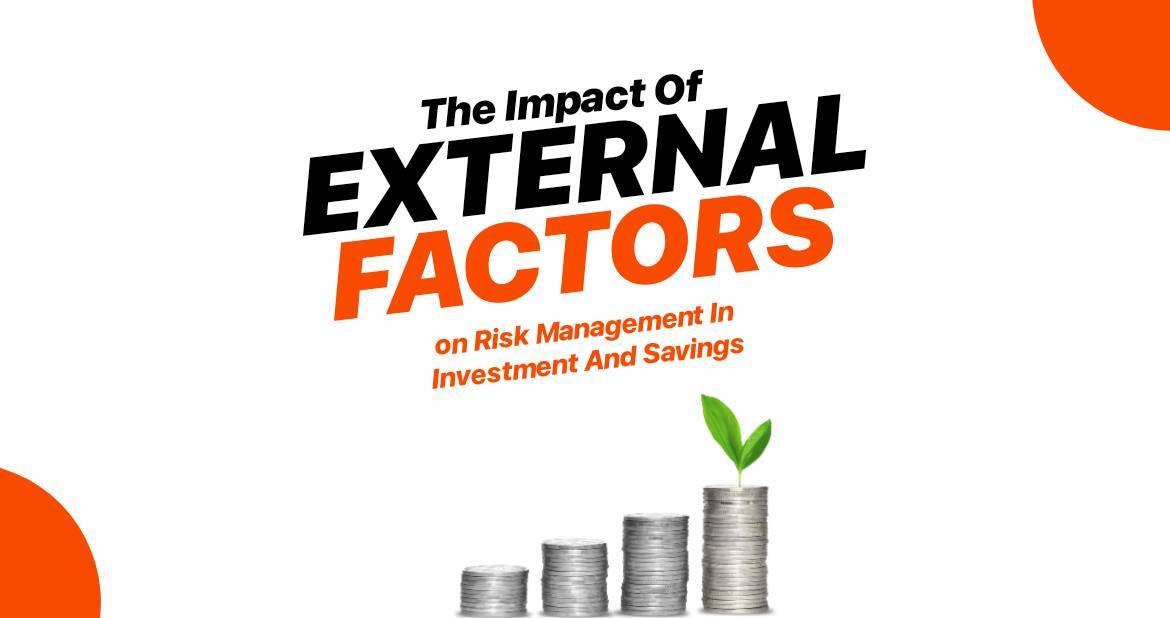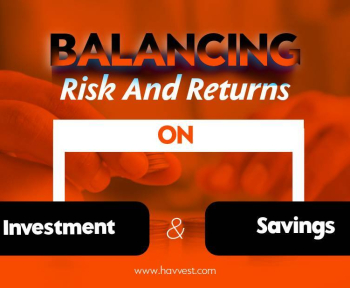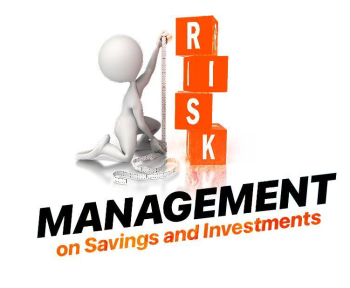Once upon a time, in a world where external factors held the power to shape destinies, a group of investors embarked on a daring quest to uncover the secrets of risk management in investment and savings.
Little did they know that their journey would lead them to a hidden realm where economic conditions, market volatility, regulatory changes, technological advancements, social and environmental factors, and location held the key to unlocking untold fortunes.
Now, let’s get down to business…
Risk management plays an essential role in investment and savings strategies. While internal factors are important considerations, it’s equally important to understand the impact of external factors on risk management.
At Havvest, we love to explore new adventures; so, Join us on this captivating journey as we explore the various external factors that can significantly influence investment and savings risks and discuss strategies to mitigate their impact.
The following are some external factors that influence, drive, or affect real estate prices:

1. Economic Conditions:
Investment and savings risk are significantly influenced by economic factors such as Gross domestic product (GDP) growth, inflation, and interest rates. In general, prospects for better returns are presented by expanding economies, but there is also a risk of overheating and market instability.
On the other hand, there is a greater danger of recession and financial instability during economic downturns. Therefore, investors and savers should keep an eye on economic data and modify their risk-management plans as necessary.
A second option to lessen the effects of this is to consult real estate investing companies like Havvest, who have experts on staff who are constantly researching market volatility and offering advice on how to strengthen your portfolio.
2. Market Volatility:
A number of secondary causes, such as geopolitical developments, natural disasters, and trends in the world economy, are what cause market volatility. The investing environment may become unpredictable as a result of these variables, which can also result in considerable asset price volatility.
Market volatility may be minimised in a portfolio’s impact on savings and investments by using diversification, asset allocation, and risk-hedging strategies like options and futures.
3. Regulatory Changes:
Regulations can affect the risk of investments and savings, whether they are local or worldwide. Investment returns, risk profiles, and compliance requirements can all be directly impacted by new laws, tax rules, or changes in government policy.
To reduce possible risks and maintain compliance with the shifting environment, it is essential to be updated about regulatory developments and seek expert guidance.
4. Technological Advancements:
Technological developments have impacted the landscapes of savings and investments, providing both possibilities and threats. New investing opportunities have been made possible by the growth of digital platforms, cryptocurrencies, and algorithmic trading, but these developments have also raised cybersecurity concerns and market weaknesses.
To minimise the dangers involved, it’s essential to implement strong cybersecurity measures, perform your research on technology suppliers, and remain current on developing technologies.
5. Social and Environmental Factors:
Social and environmental factors are gaining prominence in investment and savings risk management. Environmental disasters, climate change, and social issues can impact industries and companies, affecting investment returns.
The integration of environmental, social, and governance (ESG) factors into investment decisions allows investors to align their portfolios with sustainable and responsible practices, mitigating potential risks and promoting long-term value creation.
6. Location:
Location is an important external element that affects risk management in savings and investments. The degree of risk involved with investments and savings depends on a variety of factors, including the regulatory framework, market dynamics, currency concerns, geopolitical issues, market access and infrastructure, and environmental threats.
Effective risk assessment and risk mitigation are made possible by understanding these elements for savers and investors. People may make more educated decisions to safeguard their assets and savings against location-specific risks by taking into account location-specific considerations, completing in-depth research, and staying up to date on local market circumstances and legislative changes.
To conclude; there’s no doubt risk management in investment and savings is greatly influenced by external factors. However, Investors and savers can navigate these risks by actively monitoring and understanding economic conditions, market volatility, regulatory changes, technological advancements, social and environmental factors.Â
Mitigating risks and increasing the potential for long-term success can be achieved through diversification, risk-hedging strategies, and integration of environmental, and social factors.Â
To ensure development and quality in any profession, adequate risk management is required, and this is precisely what we aim for at Havvest. We guarantee that these aspects are correctly controlled so that you enjoy the finest investing and savings experience possible. So, join Havvest today and watch your money grow exponentially over time.




